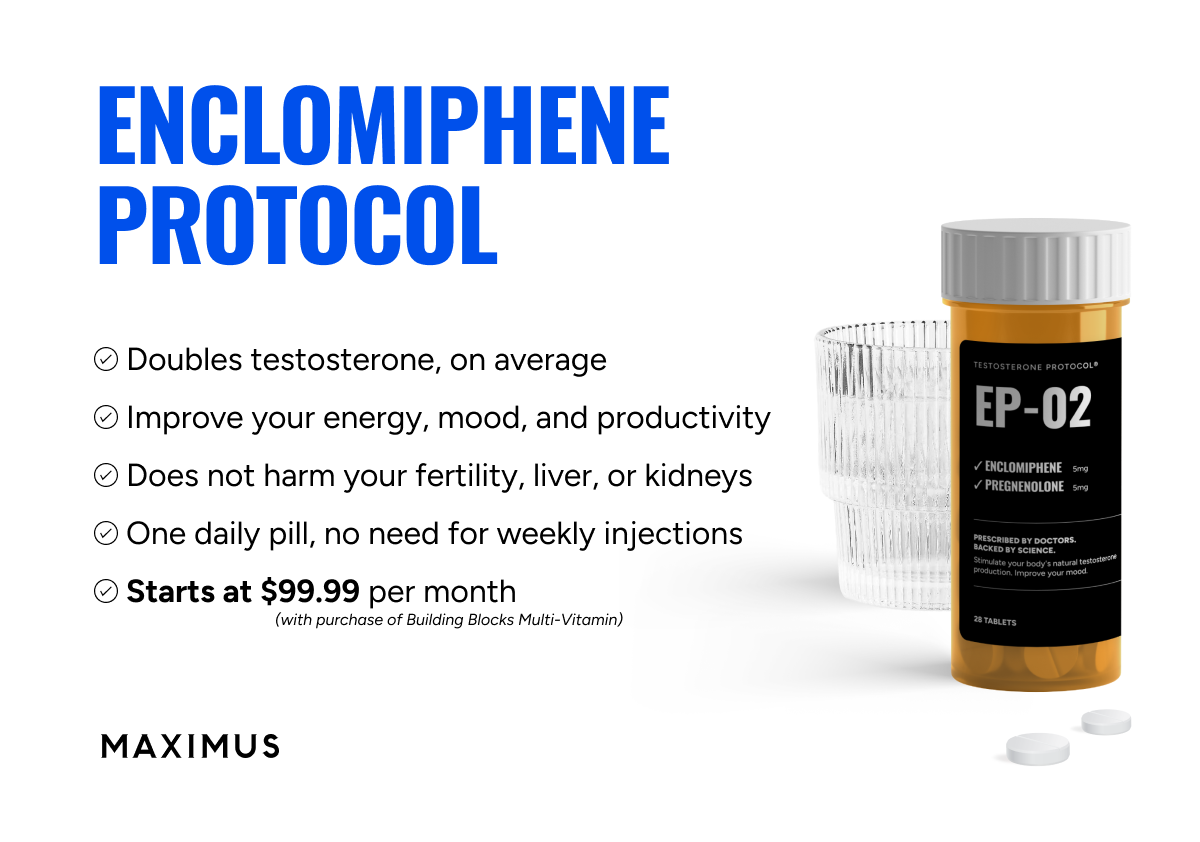madman
Super Moderator
ABSTRACT
Clomiphene Citrate (CC), a selective estrogen receptor modulator, represents a valuable therapeutic option for addressing male hypogonadism and infertility. This article reviews practical approaches to CC prescription, emphasizing its use both as monotherapy and in combination with other treatments. Clinical evidence consistently demonstrates that relatively low doses of CC, ranging from 12.5 to 50 mg daily or on alternate days, are sufficient to elevate testosterone levels, relieve symptoms of androgen deficiency, and improve fertility markers such as sperm concentration and total motile sperm count (TMSC). Importantly, higher doses, while reported in some studies, appear to offer no additional benefit and may increase the risk of adverse effects.
For more complex clinical scenarios, such as elevated estradiol levels or an unfavorable testosterone-to-estradiol ratio, combination therapies provide a targeted solution. The addition of Anastrozole (AZ) can help mitigate estradiol elevations, optimizing the hormonal balance while maintaining the therapeutic effects of CC. Similarly, combining CC with human chorionic gonadotropin (hCG) has shown promise in enhancing testosterone levels while preserving spermatogenesis. However, adherence challenges associated with frequent injections and cost must be considered when prescribing combination therapies. Notably, improved TMSC observed in these combination approaches suggests potential advantages for men pursuing assisted reproductive techniques.
Overall, CC stands out as an effective, safe, and affordable alternative to traditional testosterone replacement therapy, particularly for hypogonadal men seeking to maintain fertility. Its versatility and favorable safety profile makes it a practical choice, especially in younger populations. While current evidence supports its clinical utility, further well-designed studies are essential to refine treatment protocols, assess long-term outcomes, and better identify patient subgroups that would derive the greatest benefit from this approach.
2. PULSED USE
2.1 Low Dose Use
2.2 Combined Therapy Use
2.2.1 Clomiphene citrate and anastrozole
2.2.2 Clomiphene citrate and human chorionic gonadotropin
4. CONCLUSION
Clomiphene Citrate (CC) stands out as a clinically safe, effective, and adaptable therapeutic option for addressing male hypogonadism and infertility. Its ability to improve testosterone levels, reduce symptoms of androgen deficiency, and enhance fertility parameters, such as total motile sperm count, makes it a valuable alternative, particularly for patients aiming to preserve fertility. Importantly, meaningful results have been achieved with relatively low doses, typically between 12.5 and 50 mg daily or on alternate days, avoiding the risks and unnecessary burden associated with higher doses.
For more complex cases, such as those involving elevated estradiol or unfavorable testosterone-to estradiol ratios, combining CC with agents like anastrozole or human chorionic gonadotropin(hCG) has demonstrated additional benefits. These combined approaches offer flexibility, allowing treatment to be tailored to individual patient profiles and specific clinical needs.
In summary, CC provides an accessible and cost-effective treatment option, balancing efficacy, safety, and patient convenience. Its versatility—whether used alone or in combination—reinforces its clinical relevance for hypogonadal men, especially those seeking to maintain fertility. Moving forward, further studies will help refine these treatment protocols and expand our understanding of its long term outcomes across broader patient populations.















